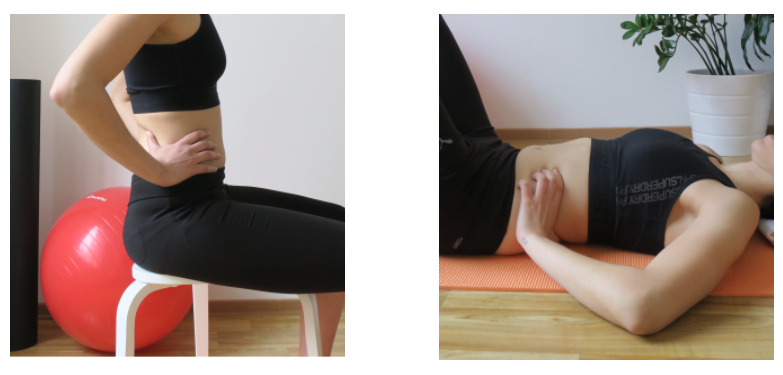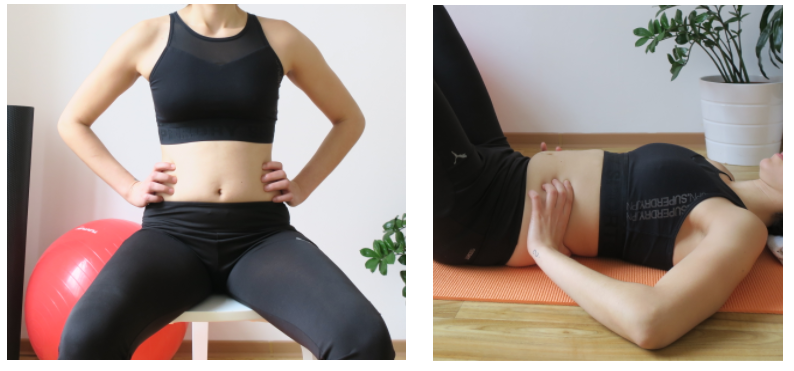An insufficient breathing pattern has a strong connection to many of the musculoskeletal problems we suffer from today such as low back pain, neck and shoulder strains, limited spinal mobility, and even repetitive strain injuries from work or sport.
There are many reasons for why we develop an insufficient breathing pattern. Prof. Kolář defines “ideal” breathing as what we see naturally in a healthy newborn, particularly when they reach 3 months of age. You could read more about this in the related blog articles Breathing and Posture I and II.
With Dynamic Neuromuscular Stabilization (DNS) we assess the breathing pattern and functional movement together, to get an idea on how the deep stabilization system functions during activity and where it may be compromised. This is done by using the development of a healthy child in their first year as a benchmark of how it should be, and making a comparison to what we observe.
Here’s where you could get started on self-assessing your breathing and the first steps to improving it.
Simple breathing observation and practice
Sit or lie down on your back, with your legs bent at 90 degrees at the hip and knees, feet relaxed on the ground or on a chair.
Breathe normally for a few cycles, through your nose and assess via the movement under your fingers how much your inhalation expands the lower ribs. Note the following:
- Do you feel the lower part of your rib cage widening to the side?
- Can you consciously increase this movement while breathing in?
- Is this widening symmetrical or does it widen more on the left or right side?
Place your fingers here to assess the diaphragmatic movement in your breathing, as these are the sites where it is attached. You may assess this in a sitting or lying position.
With insufficient diaphragm involvement, you would feel the ribs moving upwards instead of fixing in a lower position. You would also feel and observe that your abdomen doesn’t fill up evenly in all directions, but perhaps only in one direction while lacking in the other.
Pictures below shows an example of a typical posture for chest breathers.
With a good diaphragm involvement, the inhalation would expand the abdomen in all directions, including the lower ribs and the spaces between them down to the side. This expansion should also be felt on your backside too near your spine, below your last rib.
Pictures below show an example of good diaphragmatic involvement.
If you feel any asymmetry or feel that your breathing pattern may be faulty, then continue in the practice. Try to increase the depth of the breath and to bring it to your fingers. When you inhale, you aim to move your fingers out and up, and to feel the movement of the diaphragm in all directions. Try to keep chest breathing to a minimum and breath in and out through your nose.
Changes in breathing stereotypes are visible within two weeks of regular breathing practice. So give a little time for yourself and your diaphragm every day, at least 10-15 minutes a day could come with positive long-term benefits.
Mgr. Farah Droubi


